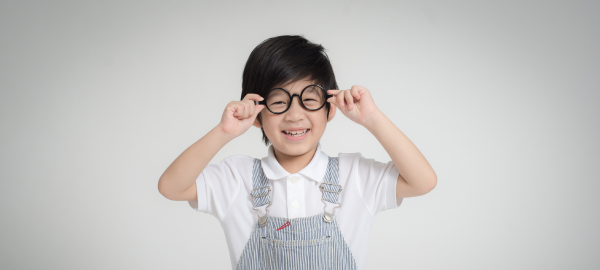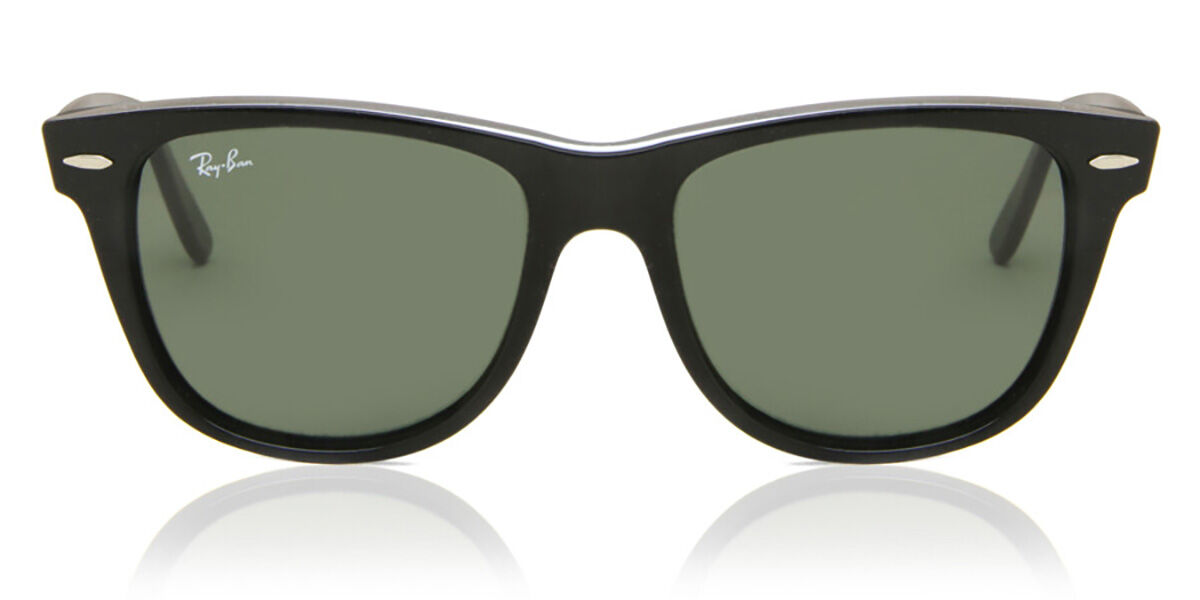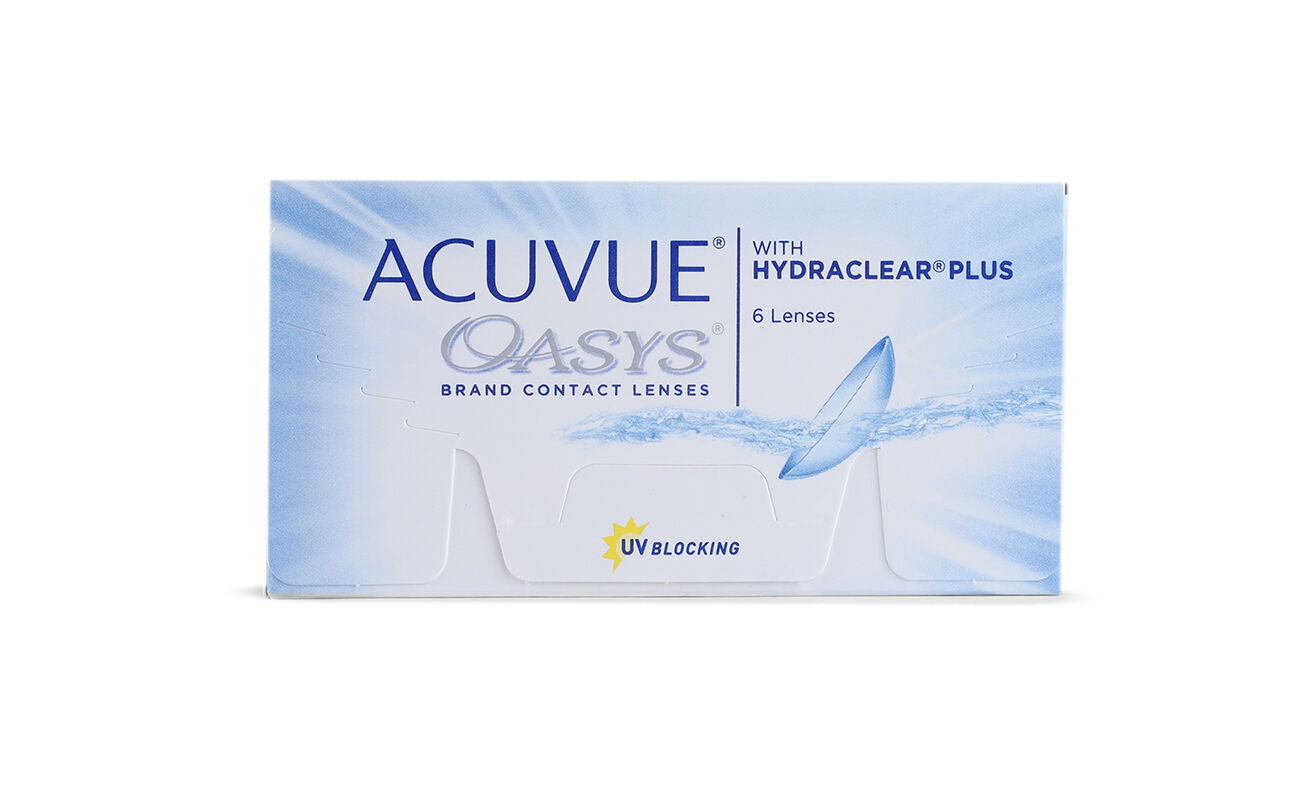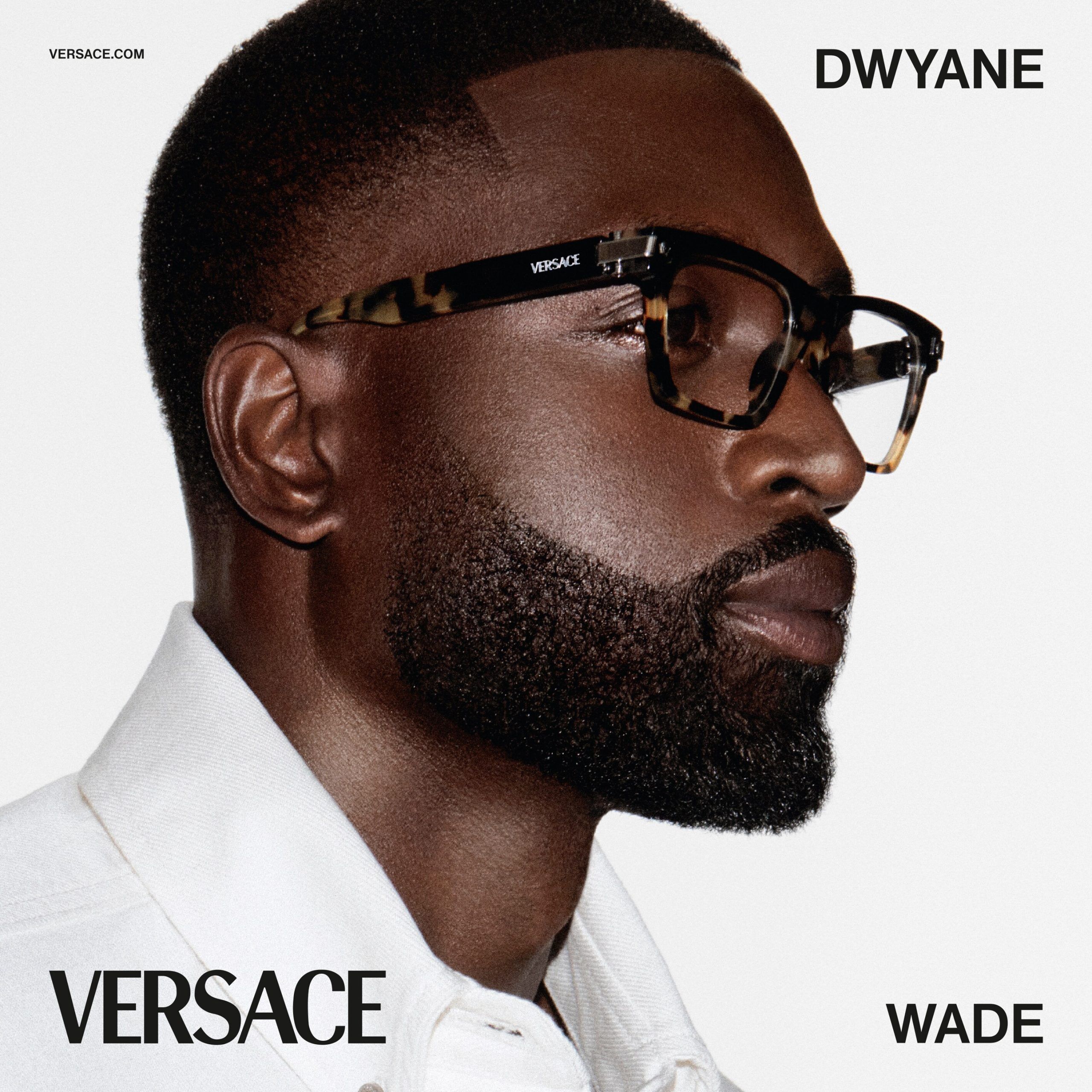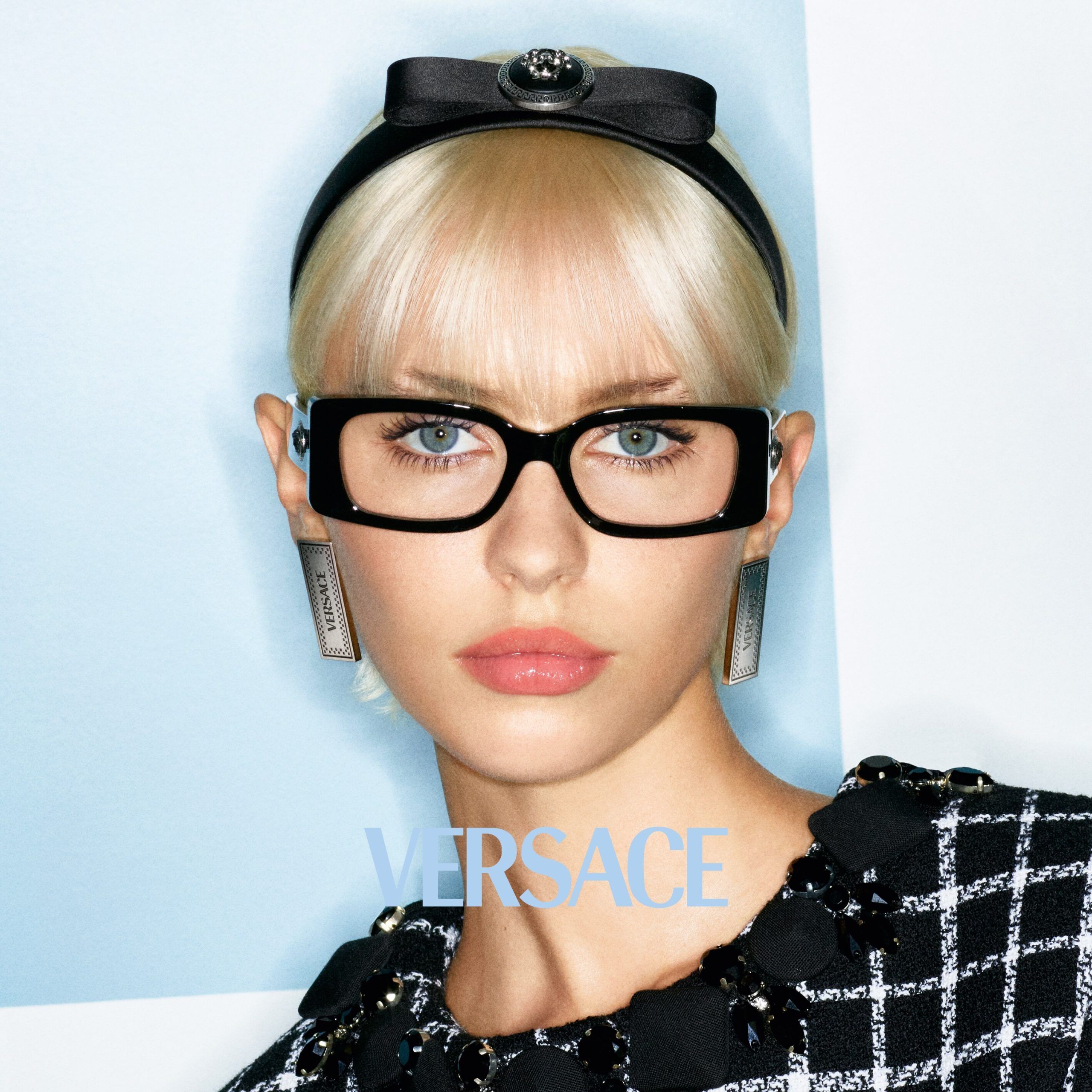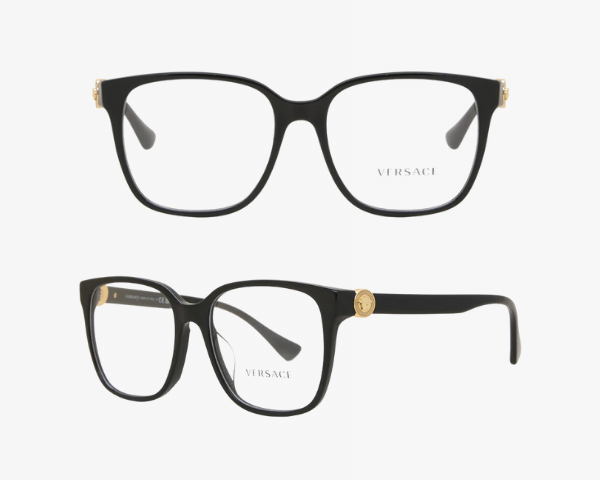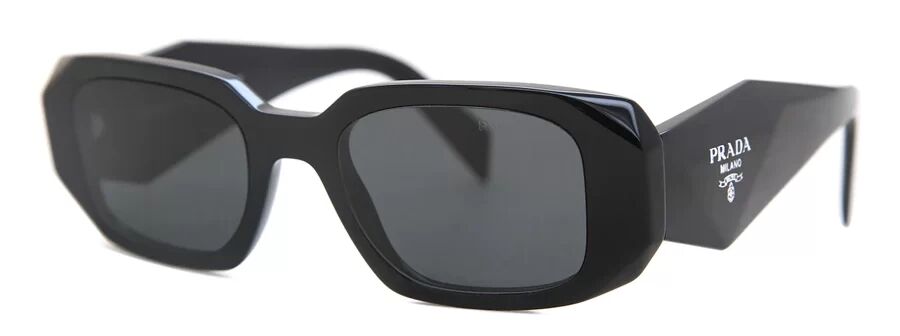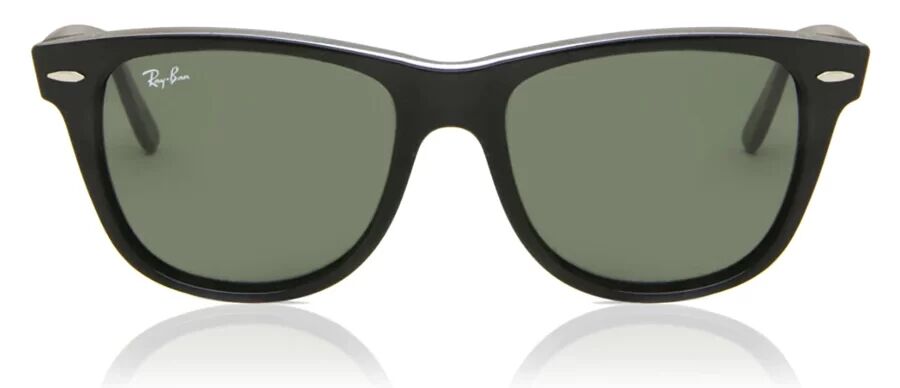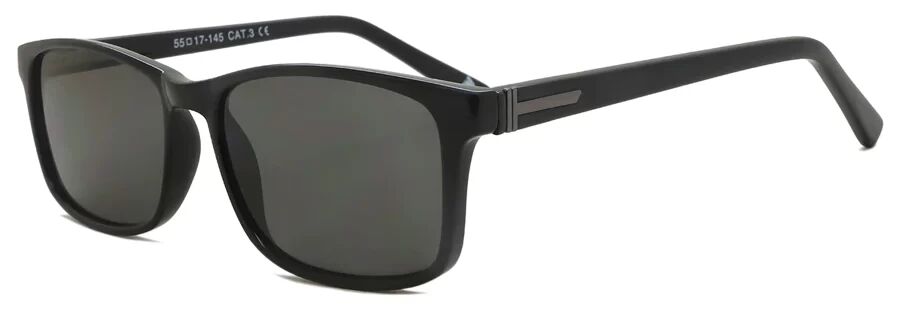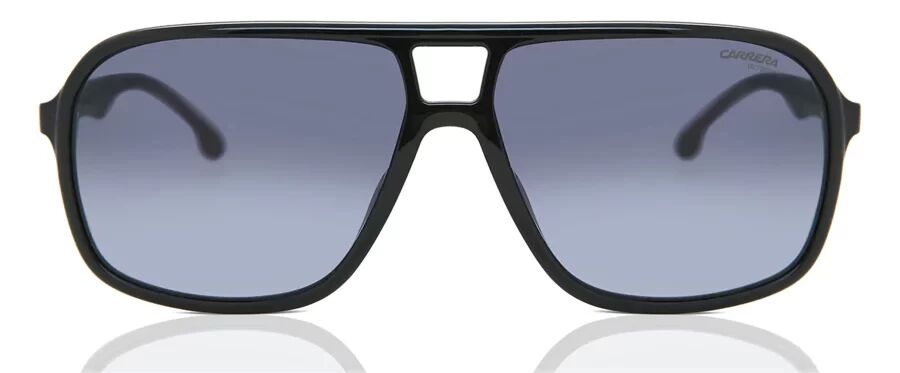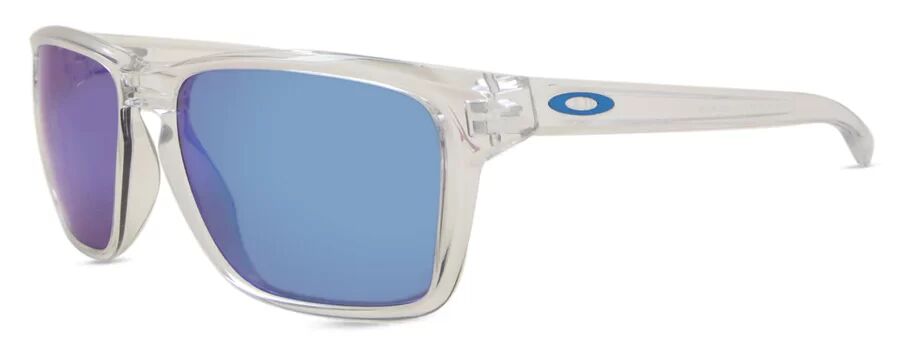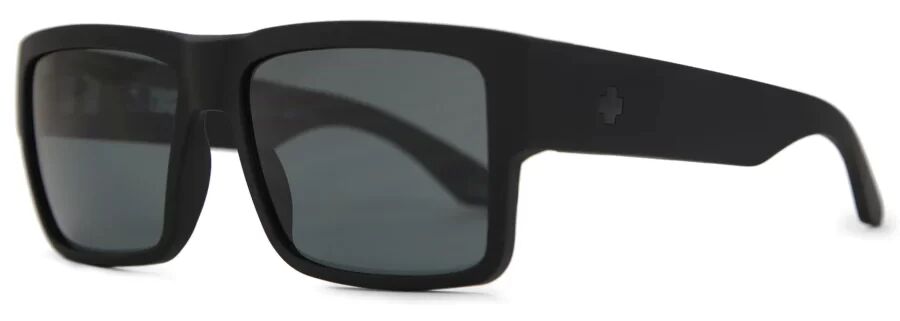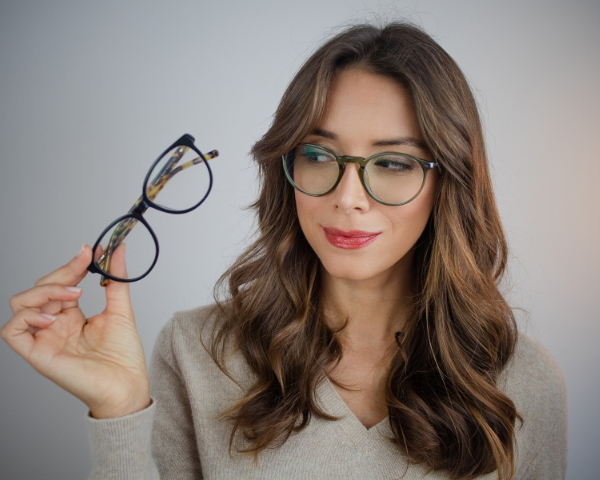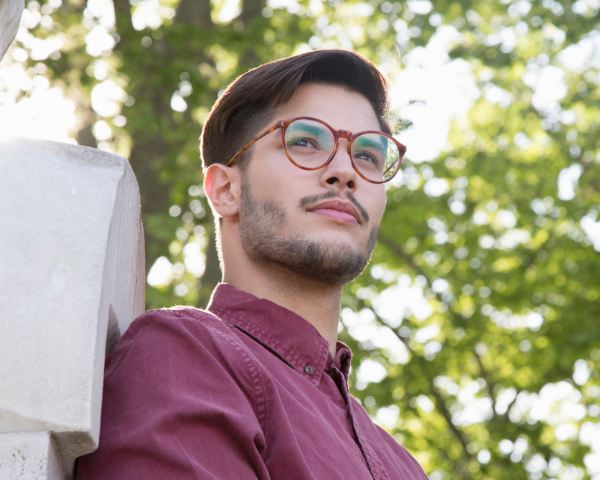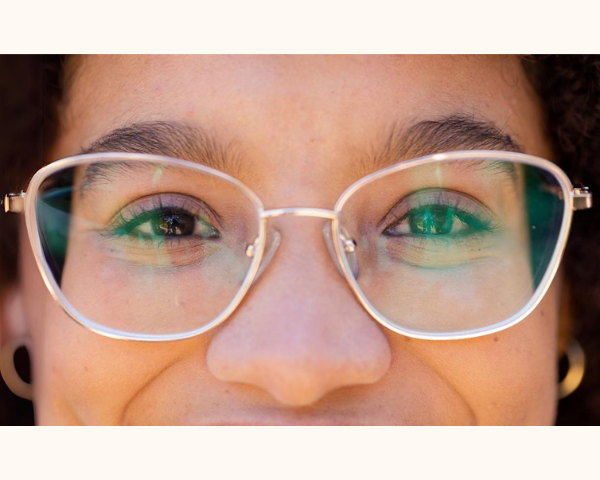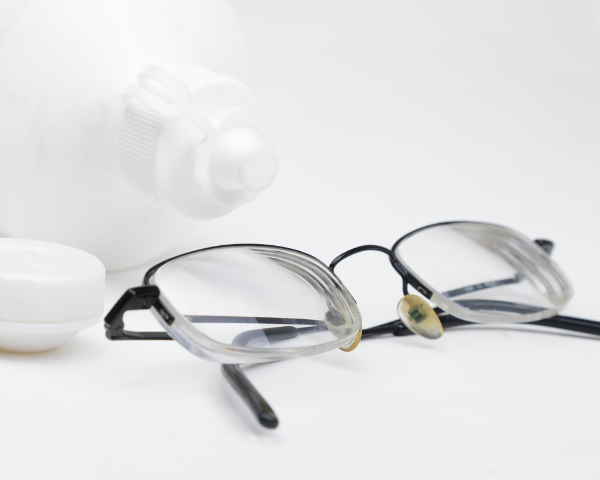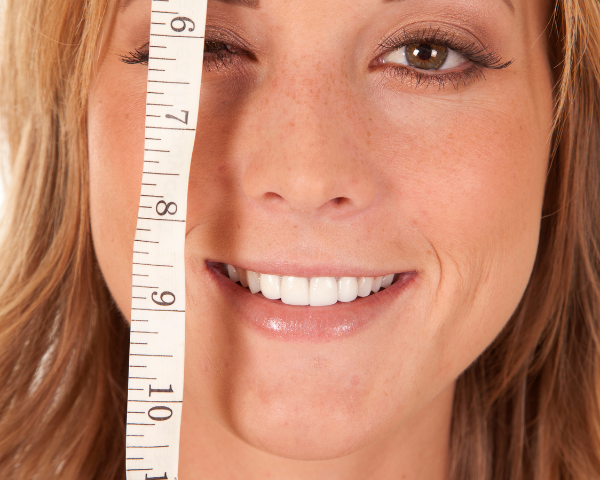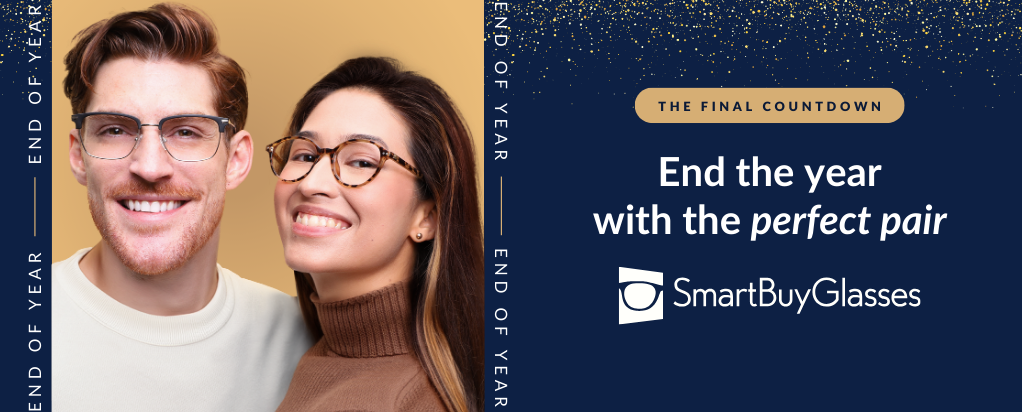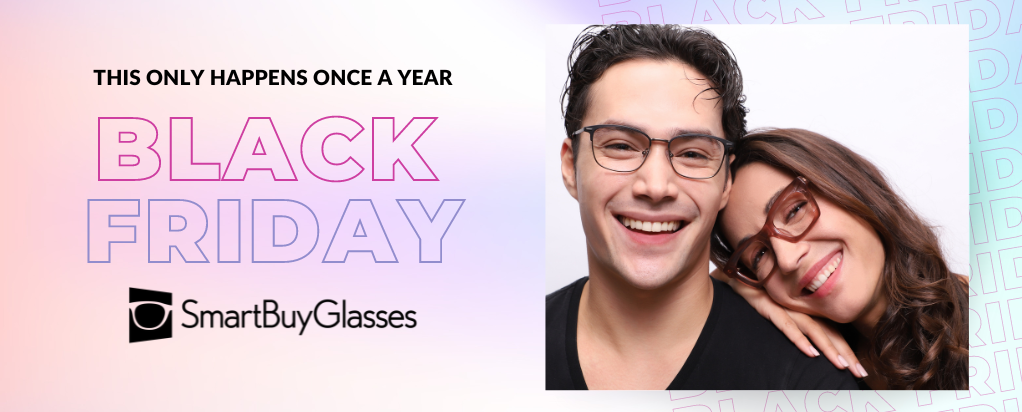How To Choose Your Kid’s Reading Glasses

Reviewed by
Beck Jinnette
When you think of reading glasses, you probably think of them as an aid for older people whose vision is starting to fail them. Even though that’s usually the case, sometimes children can also have some difficulty with their up-close vision.
What are reading glasses?
Reading glasses are prescription glasses suited for close-up sight, such as reading or writing. There are several types of kids’ reading glasses to choose from, all with the aim of addressing the problem of not being able to focus on nearby objects.
Why do some kids need reading glasses?
Some children have mild levels of various eye conditions, including astigmatism and strabismus. With low levels of these conditions, children may not always need to wear prescription glasses.
However, while their distance and intermediate vision may be ok, they may need a little help seeing clearly up close without affecting their distance vision.
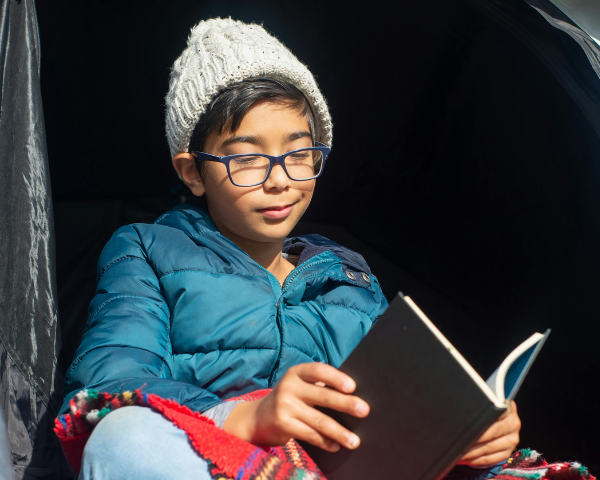
If you think your child may need reading glasses, we advise that you should get this confirmed first with an eye exam from a professional.
The most important factors for finding the right glasses
The three main ways to ensure you get a pair of reading glasses that will do their job and make your child happy to wear them are:
Find the right power. Reading glasses strength is measured in units called diopters, and reading glasses typically range from +0.50 to +4 diopters. Positive diopters cater to short-range vision difficulties and are thus present in all reading glasses.
Test-driving. When trying on reading glasses, have some reading material to hand—this will help you quickly see how well they help your child’s vision.
Opt for big glasses. This sounds strange, but it’s always best to go large when your child has their first pair of reading glasses. Bigger lenses will cover more of their field of view and help more broadly with close-up reading.
What to look for when buying kids' glasses
When shopping for children’s glasses, it’s important to consider their comfort, style and playful, active lifestyle.
Regarding their comfort, you must prioritise finding lightweight glasses and a proper fit. Of course, they can always be adjusted and tailored to their face afterwards, but you don’t want them flying off while your kid runs around and plays with their friends.
Keep an eye out for durable frames that will withstand the rough playground and the tantrum, no matter if they get dropped, stepped on or thrown to the ground because your child doesn’t want to wear them.
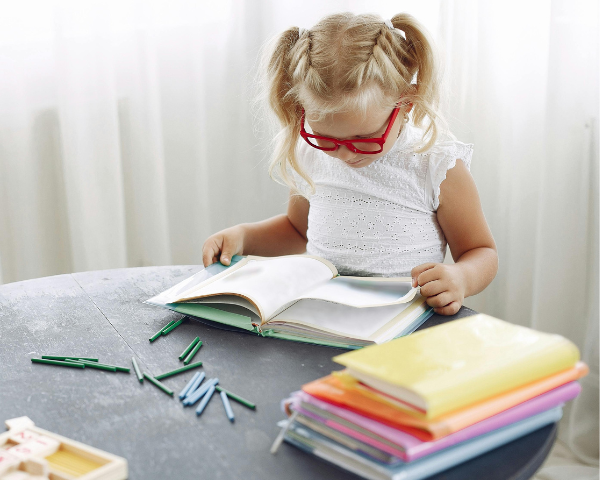
Durability and comfort can be achieved through the selection of frame material, lenses, and lens coatings. After all, the more comfortable and well-fitting your child’s glasses are, the more likely they are to wear them.
Beyond comfort and durability, you can’t forget the colour! Kids’ glasses come in many different playful colours and patterns, so letting them choose glasses in their favourite colour will get them excited for their new pair.
DID YOU KNOW?
1 in 5 preschool children have vision problems that could interfere with their ability to learn and perform well in school, so it’s important to have your child’s eyes checked early and regularly.
What is the best glasses frame material for kids?
The material you choose for your kid’s glasses significantly impacts their comfort and safety, so making the right choice is crucial.
Frame material should be suitable for a child’s accident-prone playfulness, meaning it should be lightweight, durable and shatter-proof.
Plastic frames are the best option for children’s glasses as they’re made to be more durable than other materials. Acetate is the most common plastic used in producing glasses due to its extremely lightweight, durable and hypoallergenic properties.
Many children suffer from allergies to certain metals and materials, so getting your kid hypoallergenic acetate glasses will give you peace of mind, knowing they won’t have a bad reaction to their frames.
What is the best lens material for kids?
When selecting the right lenses for kids’ glasses, polycarbonate lenses are definitely the way to go. Polycarbonate lenses are impact-resistant and can withstand the wear and tear endured by your child’s daily adventures.
Due to their shatter-proof nature, these lenses are the most popular choice for kids’ eyeglasses, sunglasses and sports goggles.
At SmartBuyGlasses, we offer various lens packages that cater to different lifestyles. Our essential 1.59 lens index package is the perfect fit for accident-prone, active children.
This package includes extra durable polycarbonate lenses as well as anti-scratch, anti-reflective and UV 400 lens coatings to improve their longevity and further protect your child’s eye health.
Other lens options for children's eyeglasses
In addition to the actual material of the lenses themselves, you can add a variety of different lens coatings and add-ons for added comfort and protection.
Scratch-resistant coating
A scratch-resistant coating is a thin, specialised coating applied to the surface of eyeglasses and sunglasses lenses to make them more resistant to scratches and abrasions.
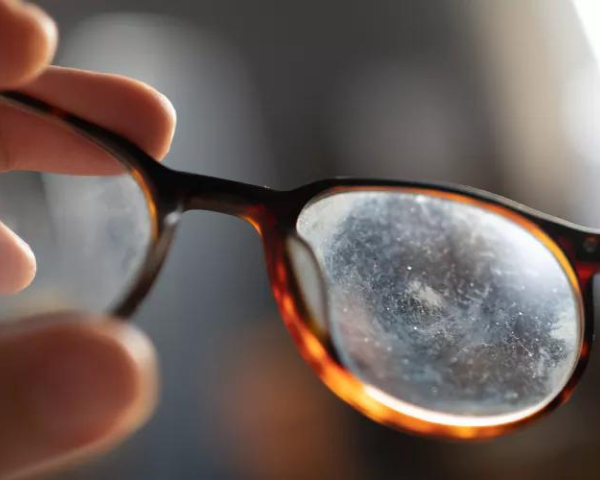
A scratch-resistant coating is non-negotiable for kids’ glasses due to how often they’ll be dropped, thrown, etc.
This coating is made to increase the longevity of your glasses lenses and keep your child’s vision crystal clear. The scratch-resistant coating is included in almost all of our lens packages, so look for “scratch-resistant” during the checkout process.
Anti-reflective coating
An anti-reflective (AR) coating reduces reflections on the lenses’ surface by allowing more light to pass through them. Nearly 100% of light passes through the lenses rather than being reflected.
Less reflection makes seeing small letters and patterns easier, which is perfect for your little readers. Similar to the scratch-resistant coating, the anti-reflective coating is included in most of our lens packages, so look for “anti-reflective” during the checkout process.
Blue light-blocking lens coating
Another popular add-on is the zFORT® blue light-blocking lens coating. Blue light is a category of light wavelength that naturally comes from the sun, as well as our digital devices.
With our increasing reliance on these devices, our exposure to blue light rays has never been higher, especially when children are given tablets for screen time.

Exposure to harmful blue light can be especially dangerous for young, developing eyes. Extended exposure to these harmful light rays can cause eye strain, premature eye ageing and other health problems.
This lens coating is designed to limit the penetration of those short wavelengths. zFORT® blue light-blocking technology is a safe and stylish solution to protect children’s eye health and prevent long-term damage, especially at such a young age.
Next steps
Now that you’re equipped with some useful tips and tricks, it’s time to find the right pair for your child. At SmartBuyGlasses, we have over 2,000 kid’s prescription glasses to choose from.
Remember, customising glasses to your child’s specific needs through proper lens strength, durable frames in their favourite colour and additional protective coatings is key to supporting their vision and overall well-being.
If this guide helped you, check out our Optical Center for more eyeglasses tips and information. If you have any questions or need advice on selecting the right pair, speak with one of our on-call opticians, and they’ll be glad to help!
Related articles

